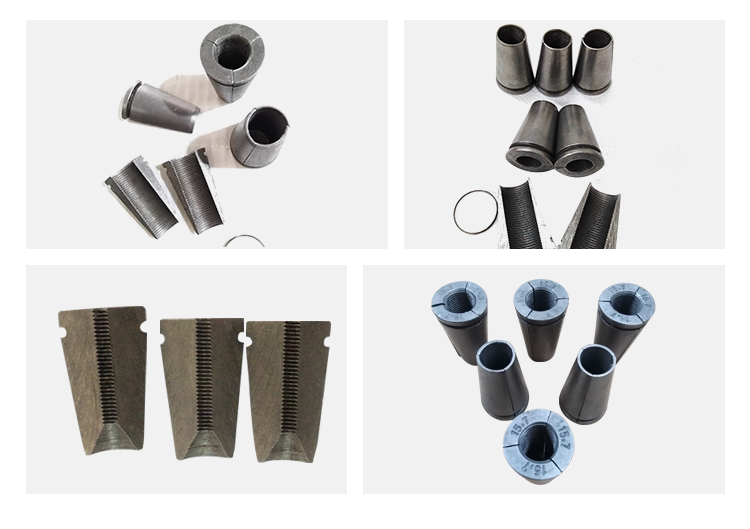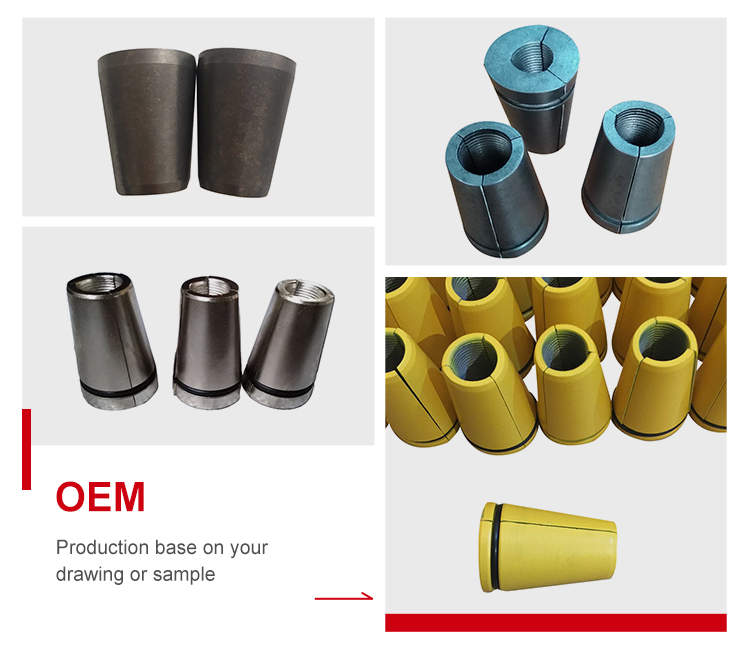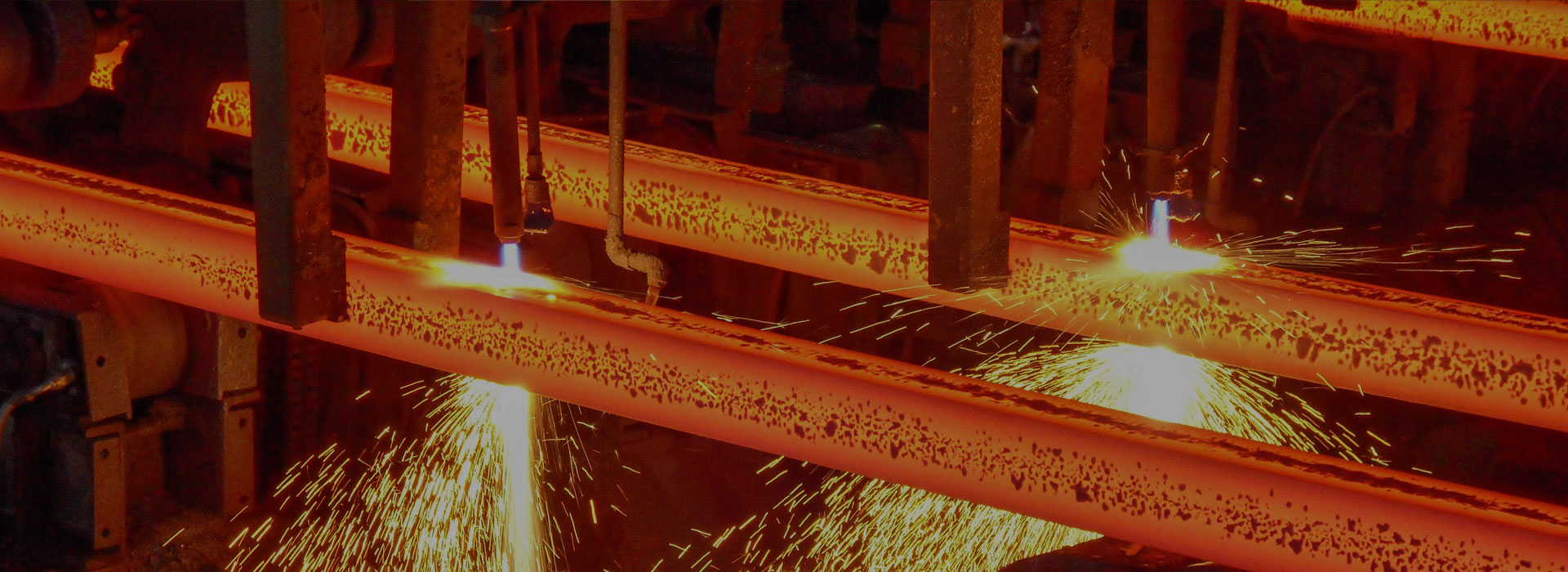Post Tension Wedge: A Key Component in Modern Construction
2023-06-26
Post tensioning is a technique used in modern construction to reinforce concrete structures. It involves the use of high-strength steel cables, which are tensioned after the concrete has been poured and cured. The cables are anchored at each end of the structure, and the tension is maintained by a series of wedges and other components.
One of the most important components in post tensioning is the wedge. The wedge is a small, triangular piece of metal that is used to lock the cable in place once it has been tensioned. The wedge is inserted into a pocket in the anchor, and as the cable is tensioned, the wedge is forced deeper into the pocket, locking the cable in place.
Post tension wedges come in a variety of sizes and shapes, depending on the size and type of cable being used. They are typically made from high-strength steel or other durable materials, and are designed to withstand the extreme forces generated by the tensioned cables.
Raw material grade for the Post tension wedge is 20CrMnTi , there are two types : 2 and 3 parts . widely suit for PC Wire (4mm-11mm)and PC Strand 12.7mm,15.24mm ,15.7mm ,17.8mm and 21.6mm). it can produced by your drawing or samples , carve your logo letters ,and samples for your testing freely.


In addition to their strength and durability, post tension wedges are also designed to be easy to install and remove. This is important because post tensioning is often used in situations where access to the cables is limited, such as in bridges or high-rise buildings.
Overall, post tension wedges are a key component in modern construction, allowing engineers and builders to create stronger, more durable structures that can withstand the forces of nature and the test of time. As technology continues to advance, it is likely that post tensioning techniques and components will continue to evolve, leading to even more innovative and effective solutions for construction challenges.



